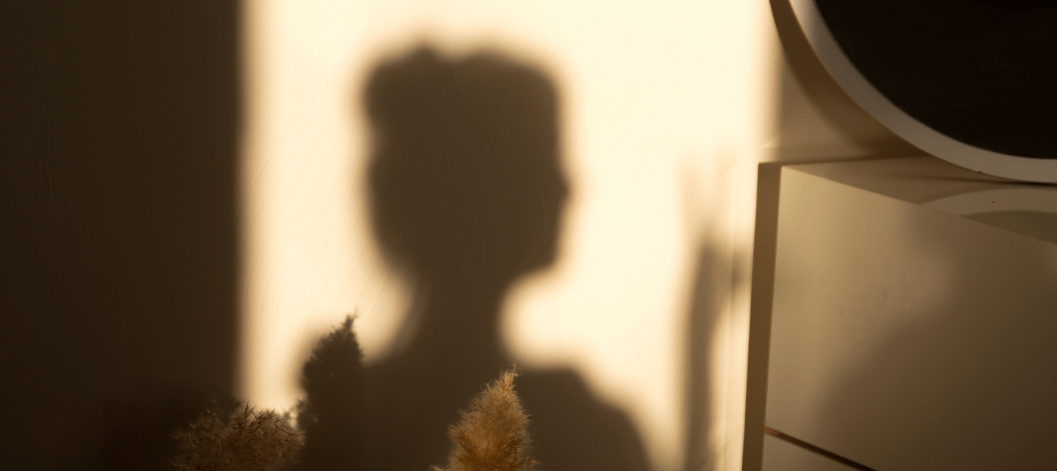There are days we all wake up tired.
Ironic, isn’t it? The very act meant to recharge us (sleep) sometimes leaves us feeling sluggish the next morning. That’s because while sleep is essential, it’s not the only form of rest our body and mind need.
Today, let’s explore five often-overlooked but powerful ways (other than working out or cutting caffeine) to get quality rest that can leave you feeling genuinely restored and not just less sleepy.
1. Take Technology Breaks
Picture this: hours of scrolling, notifications stacked like bricks, the glowing device screen burning into your eyes. That buzzing tiredness creates a sensory fatigue that sleep alone cannot fix.
Sitting quietly in a dimly lit room, closing your eyes for a few minutes, or immersing yourself in nature can deliver deep sensory rest and help reduce feelings of overwhelm, headaches, and fatigue. Nature works even better; the sight of trees or the sound of leaves rustling is a reset switch for your nervous system. Call it nature’s own spa if you have to.
2. Absorb Creativity & Appreciate
We tend to think creativity means producing—writing, painting, problem-solving. But there’s another kind: simply absorbing creativity. And the latter is what this method involves. Instead of constantly producing new ideas or solving problems, simply surround yourself with creative beauty like art and literature.
Visit an art exhibition, lose yourself in music, or stroll someplace scenic without an agenda or deadline. This fuels imagination by giving space for inspiration rather than the pressure to create or solve problems.
3. Non-Sleep Deep Rest (NSDR)
Dr Andrew Huberman coined the term, but our ancestors have practised it for centuries: deep states of relaxation without fully falling asleep.
Techniques like yoga nidra and body scanning relax muscles, balance hormones, and refresh the mind in ways comparable to naps or light sleep, making it ideal for midday recharge.
4. Social & Emotional Rest
As children, we rarely ran out of energy. Why? Because we were simply ourselves—no masks, no filtering, no performance.
Adulthood complicates that. We stretch ourselves thin across social obligations, silent expectations, and unspoken pressures. Emotional rest comes from peeling back those layers: saying no, journaling honestly, or confiding in a friend who doesn’t need you to perform. Sometimes restoration is less about sleep, more about safety.
5. Creative & Hobby-Based Rest
When was the last time you lost track of time because you were doing something purely for joy? Cooking a meal not for Instagram, but for taste. Digging your hands into the soil. Painting, dancing, writing, singing—not for outcome, but for the sheer act of it.
Somewhere between to-do lists and deadlines, these joys slipped through the cracks. Yet hobbies are not indulgences; they’re recalibration. They remind the brain it can play, not just produce. And that’s relaxing, soothing, and a resting exercise for the brain. And for your well-being.
The Larger Picture
Honestly, none of these five forms of rest is revolutionary. You’ve probably heard of each in some form. And yet, how often do they actually appear on our calendars?
Hence, let's pledge ourselves to take a 21-day challenge and incorporate at least one of these techniques into our lives, not as a resolution, but as an experiment. Notice what changes.
All the best!





